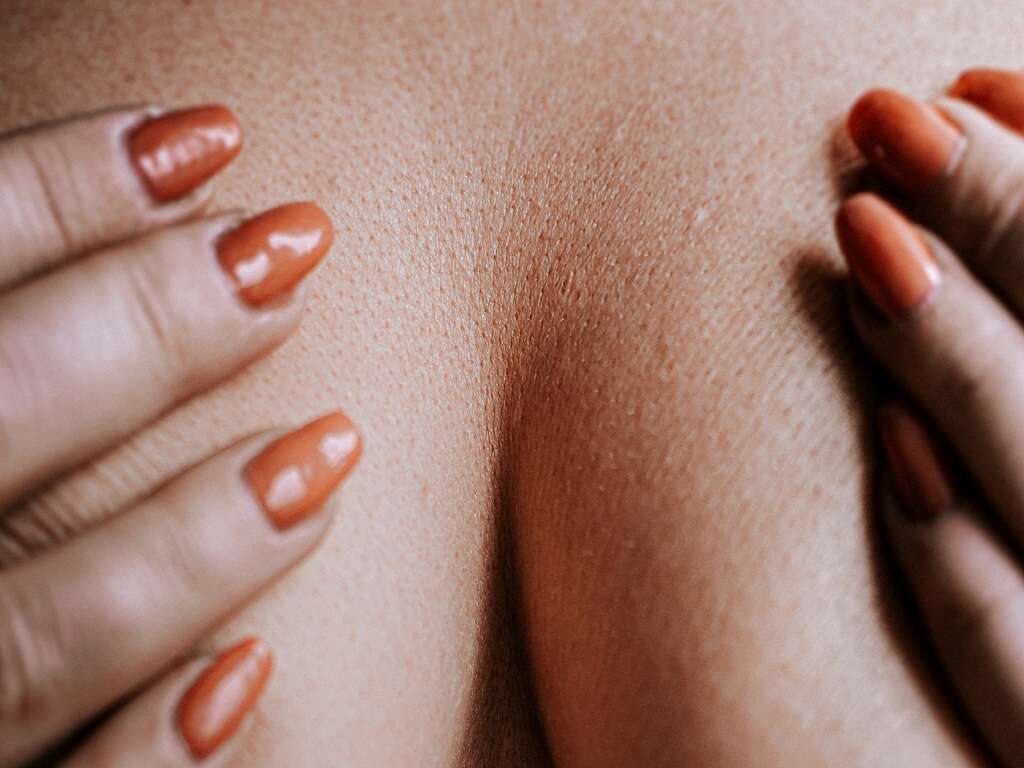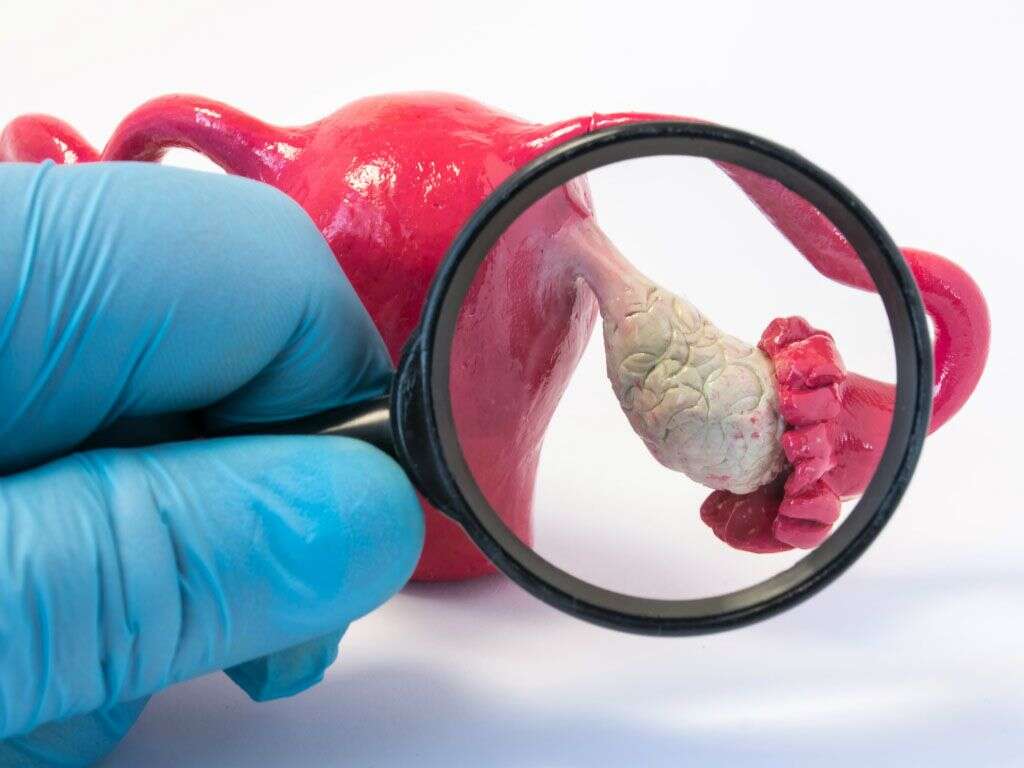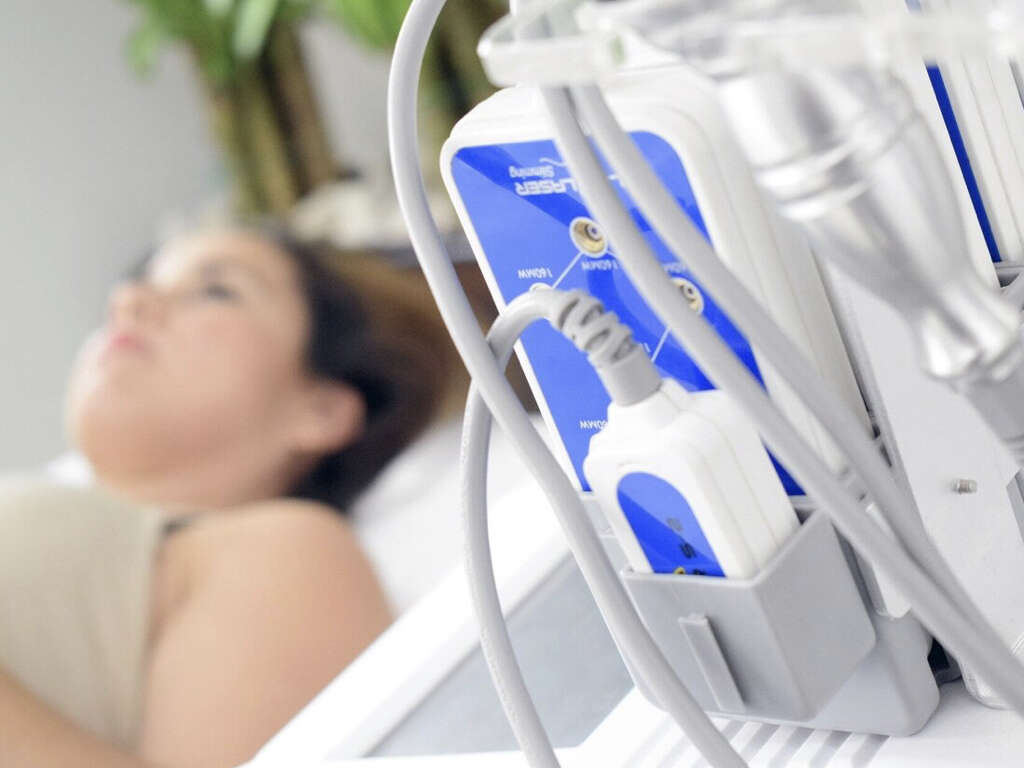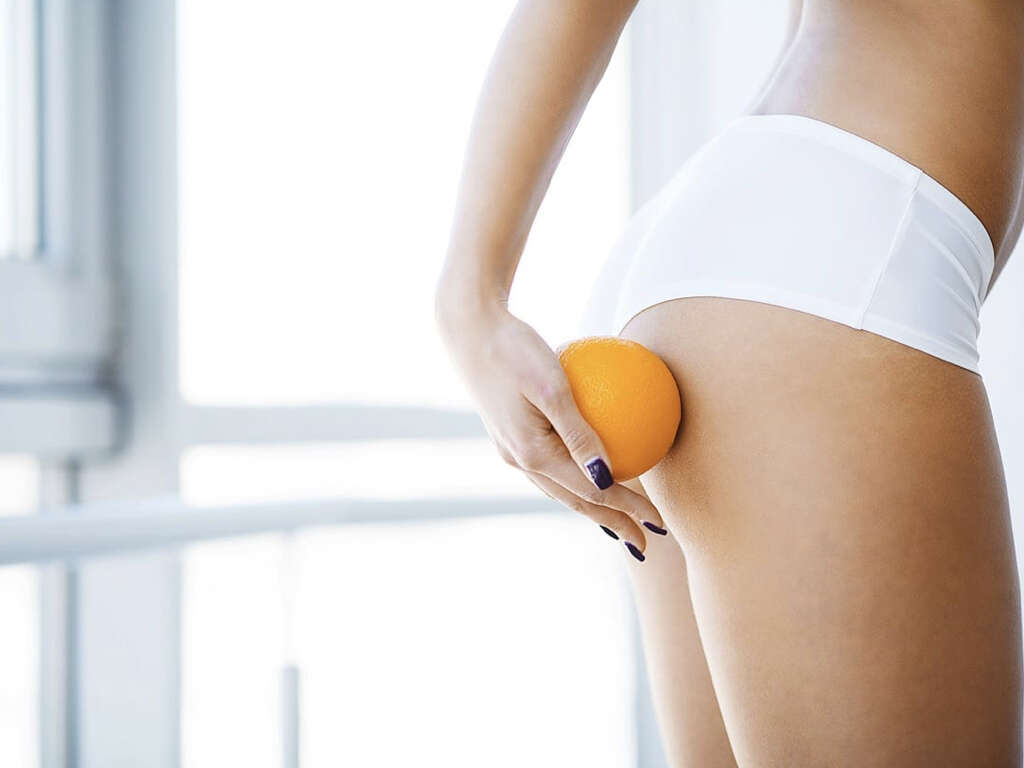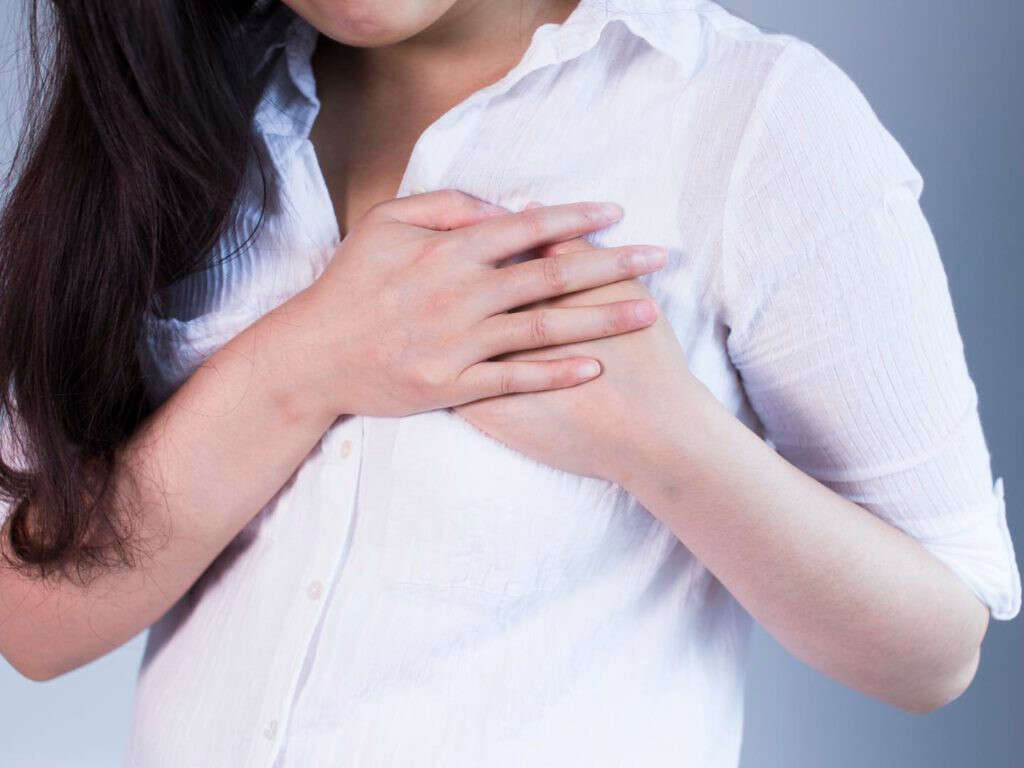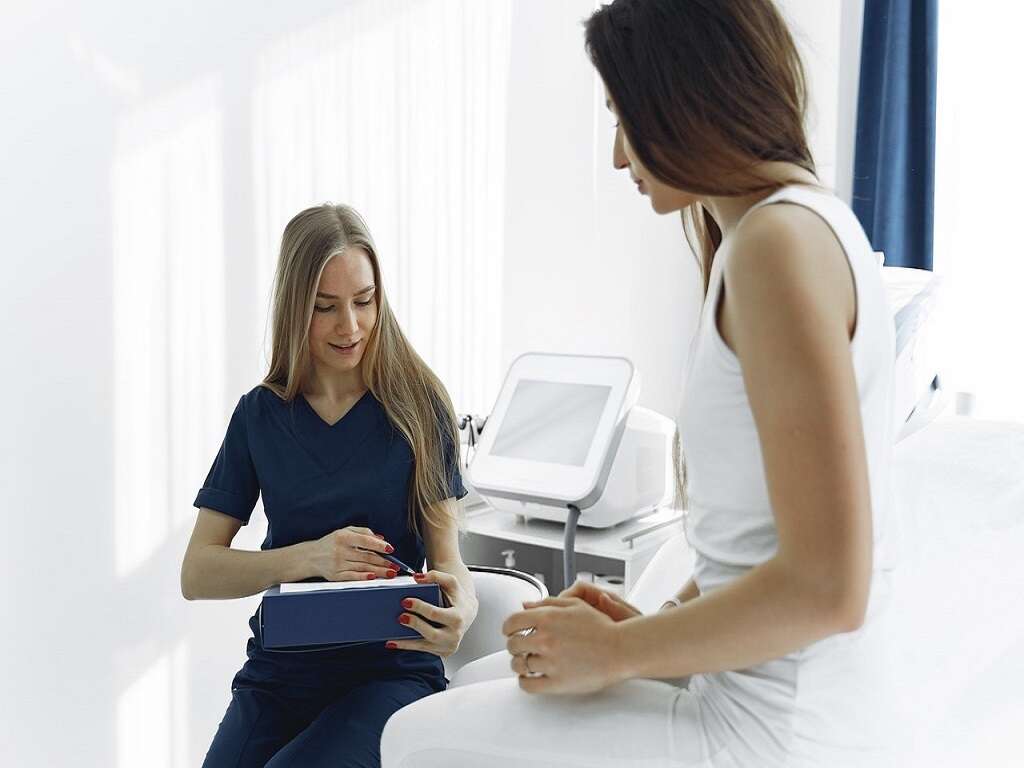10 Mastitis Symptoms
Mastitis is characterized by inflamed breast tissue. In addition to significant discomfort, it can sometimes result in fever, chills, redness or swelling.1‘Mastitis.’ Mayo Clinic, 22 July 2020, www.mayoclinic.org/diseases-conditions/mastitis/symptoms-causes/syc-20374829 While this condition is common in women who are breastfeeding, it can also impact men as well as women who are not breastfeeding.
Symptoms of mastitis vary according to cause. For instance, lactation mastitis may manifest differently than bacterial mastitis. The challenge of lactation mastitis can cause some women to stop breastfeeding prematurely. While this is sometimes a frustrating condition, it can be treated effectively to prevent continued discomfort.
Breast Tenderness
One of the main symptoms of mastitis is breast tenderness.1‘Mastitis.’ Mayo Clinic, 22 July 2020, www.mayoclinic.org/diseases-conditions/mastitis/symptoms-causes/syc-20374829 This symptom can be easy to overlook since breastfeeding can cause slight soreness around the entire breast area, so women may sometimes ignore the early warning signs of mastitis.
While some breast tenderness is to be expected during breastfeeding, it's best to have this symptom checked out if the discomfort becomes overwhelming. Even if mastitis is not to blame, a shift in breastfeeding strategy may be necessary to make it more comfortable if the breast tenderness reaches the point where it becomes unbearable.
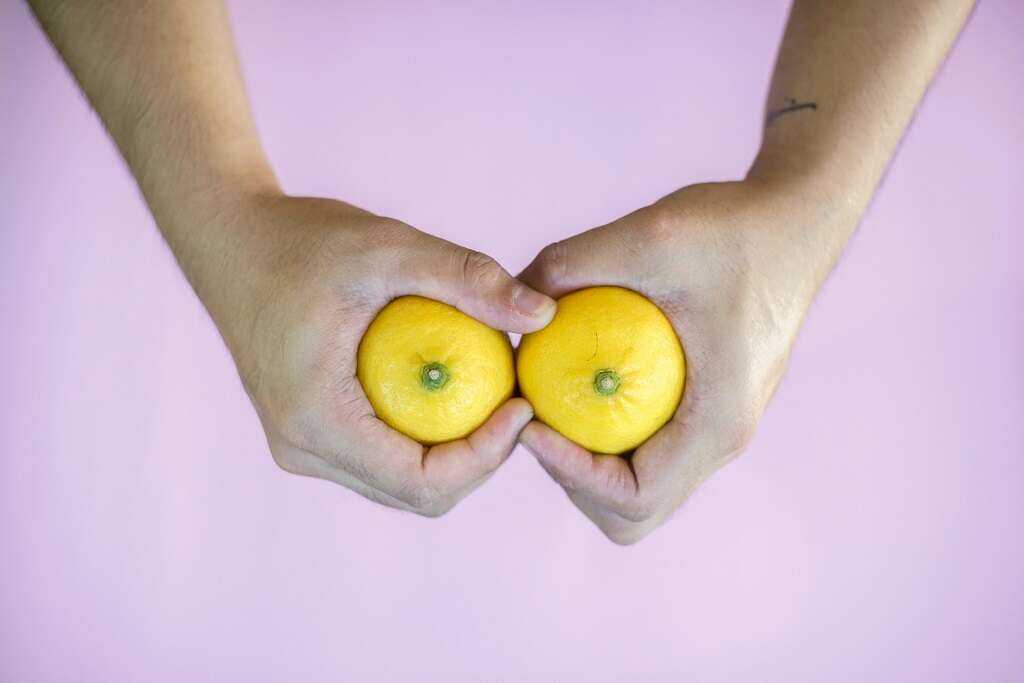
Swelling
Swelling is another symptom of mastitis.1‘Mastitis.’ Mayo Clinic, 22 July 2020, www.mayoclinic.org/diseases-conditions/mastitis/symptoms-causes/syc-20374829 For women who have just given birth, it can be challenging to pinpoint areas of swelling as the body readjusts to its regular size. However, mastitis-related swelling is different because it is sometimes accompanied by other symptoms.
If the culprit is a clogged milk duct, the swelling may be localized. Any swelling is worth being checked out by a physician to ensure that there is nothing amiss in the breast tissue.

Tissue Thickening
Thickening of the breast tissue or even lumps in the breast may also indicate mastitis.1‘Mastitis.’ Mayo Clinic, 22 July 2020, www.mayoclinic.org/diseases-conditions/mastitis/symptoms-causes/syc-20374829 Mastitis lumps generally feel hard and sore to the touch.2‘Mastitis.’ La Leche League International, 2021, llli.org/breastfeeding-info/mastitis/ This soreness sometimes occurs with redness or swelling in the area around the lump.
Because this symptom may mimic other issues commonly found in the breast tissue, it is important to have it analyzed by a medical professional as soon as possible. Proper diagnosis is necessary for effective treatment.
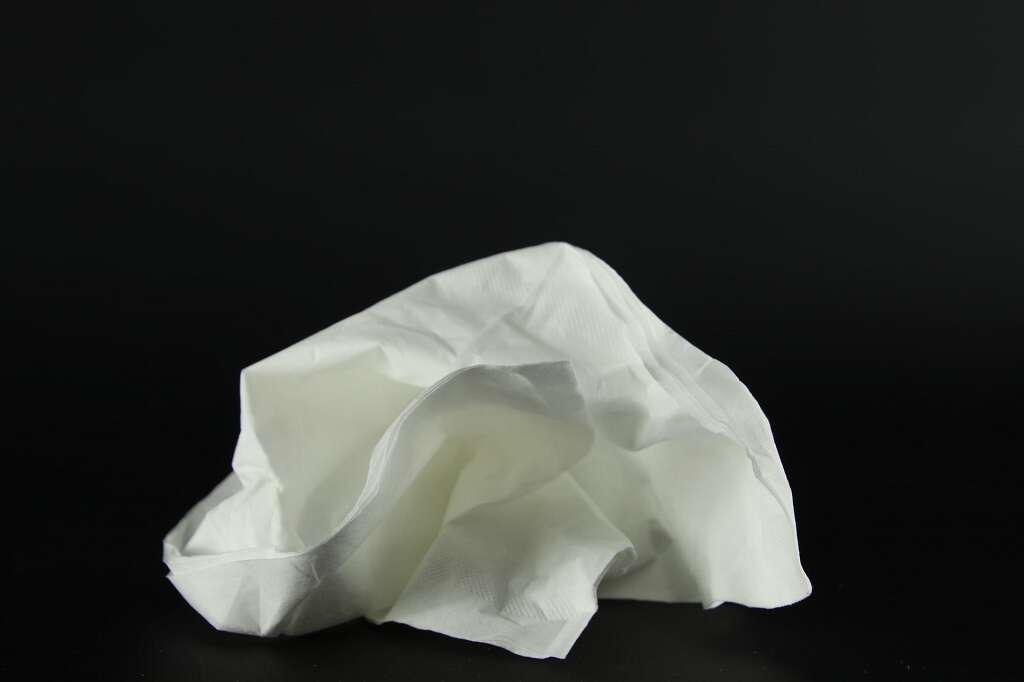
Burning
Burning while breastfeeding may indicate mastitis.1‘Mastitis.’ Mayo Clinic, 22 July 2020, www.mayoclinic.org/diseases-conditions/mastitis/symptoms-causes/syc-20374829 This symptom may be especially noticeable while breastfeeding, though it can occur at other times as well. Burning or acute discomfort is often the only symptom of mastitis in those who are not breastfeeding and in men.
In more severe cases, the burning may not cease even when breastfeeding is done. This discomfort may worsen if the condition progresses without intervention and can lead to further symptoms occurring.
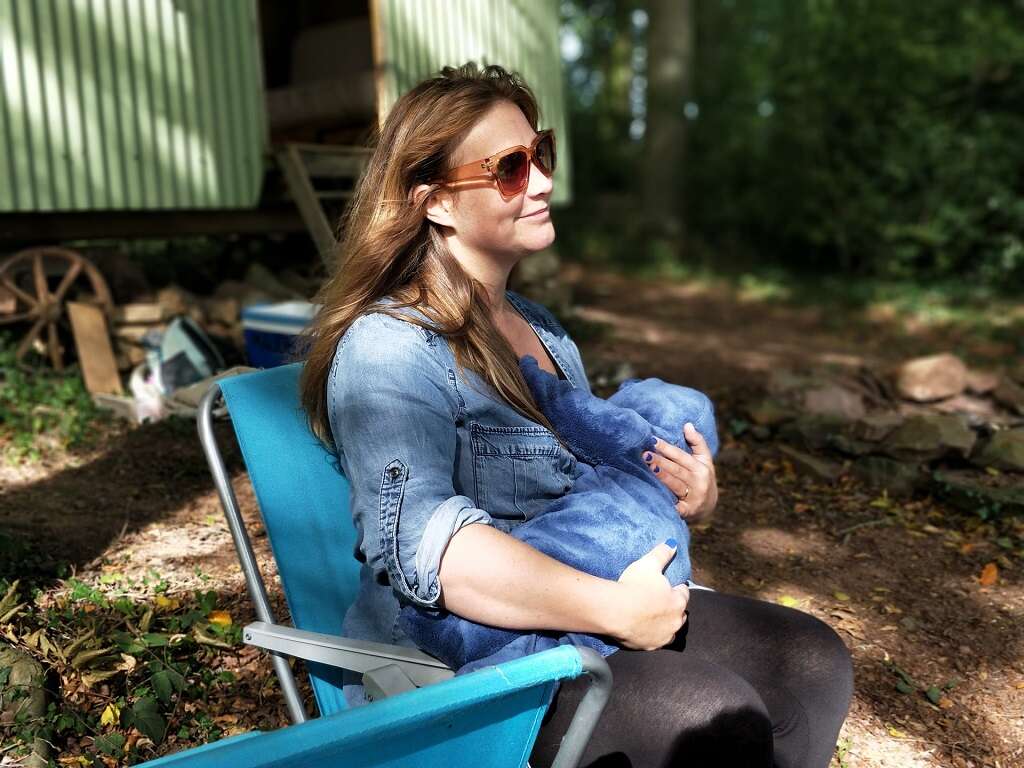
Redness
Redness around the impacted breast tissue is another symptom of mastitis.1‘Mastitis.’ Mayo Clinic, 22 July 2020, www.mayoclinic.org/diseases-conditions/mastitis/symptoms-causes/syc-20374829 Mastitis typically causes a wedge-shaped pattern of redness due to the way the milk pore is affected.
The change in skin color around the impacted area is due to the inflammation just under the skin, caused by the presence of infection.2‘Mastitis.’ La Leche League International, 2021, llli.org/breastfeeding-info/mastitis/ The redness may also be patchy, only covering some areas of skin on the breast.2‘Mastitis.’ La Leche League International, 2021, llli.org/breastfeeding-info/mastitis/

Feeling Unwell
A general unwell feeling may accompany mastitis. Those with the condition may feel more fatigued than usual or run down.2‘Mastitis.’ La Leche League International, 2021, llli.org/breastfeeding-info/mastitis/ Fever, chills and body soreness may all be symptoms of mastitis.1‘Mastitis.’ Mayo Clinic, 22 July 2020, www.mayoclinic.org/diseases-conditions/mastitis/symptoms-causes/syc-20374829
New mothers dealing with mastitis may correlate this symptom with the rundown feeling of being a new parent. However, mastitis-related malaise is different in that these symptoms are underscored by breast discomfort, swelling or redness. In addition, flu-like symptoms are not part of new parent fatigue.

Risk Factors
There are several risk factors associated with the development of mastitis, including previous issues with this condition.1‘Mastitis.’ Mayo Clinic, 22 July 2020, www.mayoclinic.org/diseases-conditions/mastitis/symptoms-causes/syc-20374829 Cracked nipples indicate an increased risk of developing mastitis, as is wearing tight-fitting bras, which put undue pressure on the breasts.
Ineffective nursing techniques can also cause mastitis, as can smoking and poor nutrition.1‘Mastitis.’ Mayo Clinic, 22 July 2020, www.mayoclinic.org/diseases-conditions/mastitis/symptoms-causes/syc-20374829 Excessive fatigue and exposure to prolonged stress are also risk factors.1‘Mastitis.’ Mayo Clinic, 22 July 2020, www.mayoclinic.org/diseases-conditions/mastitis/symptoms-causes/syc-20374829 This may be one of the reasons that new moms are more prone to it.
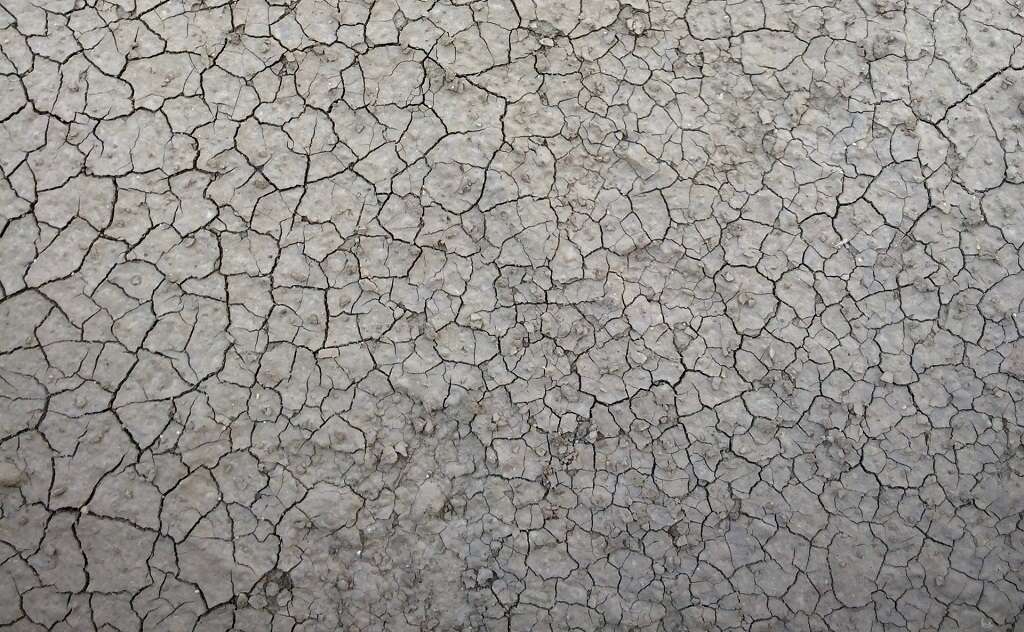
Possible Complications
Possible mastitis complications can cause an abscess, which is the collection of pus in the breast tissue or blocked duct area.1‘Mastitis.’ Mayo Clinic, 22 July 2020, www.mayoclinic.org/diseases-conditions/mastitis/symptoms-causes/syc-20374829 When this complication develops, surgical intervention may be necessary to drain the pus.
The potential complications of mastitis are reason enough to seek an official diagnosis and subsequent treatment to prevent the condition from worsening. Severe cases of mastitis may also impact milk production for those breastfeeding, which is another reason to seek treatment immediately.
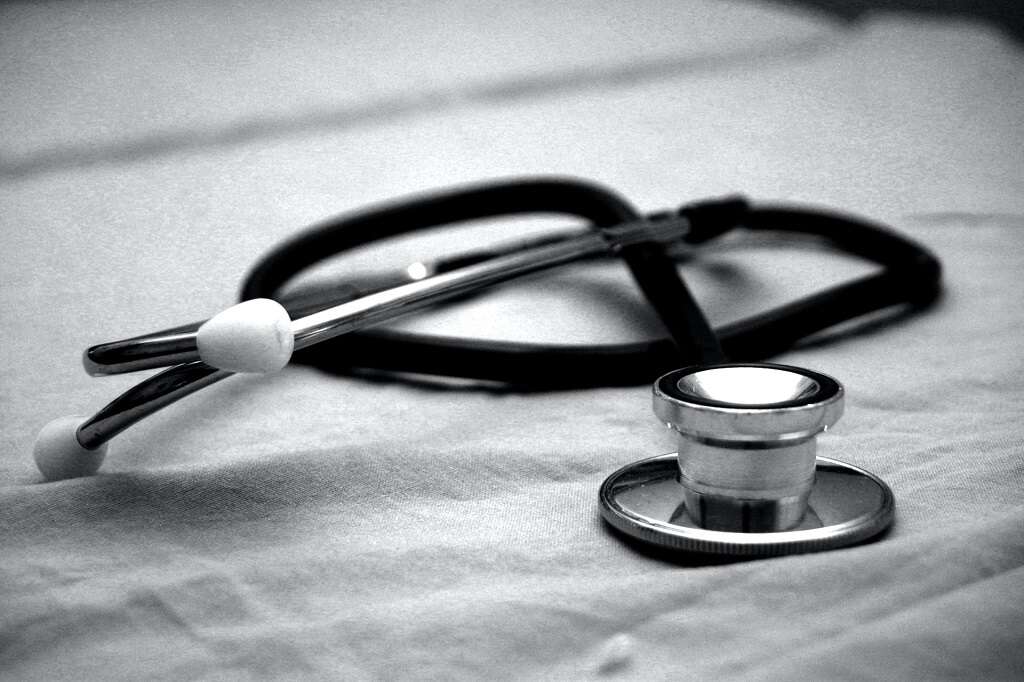
Treatment
Mastitis treatment includes the use of medication to reduce inflammation. Taking this route should only be done if a physician says it is okay to do so while breastfeeding. Rest, massaging the impacted area and applying heat to reduce pain and inflammation are common treatment options.
While some women may be inclined to cease breastfeeding, it is important to keep going if possible.2‘Mastitis.’ La Leche League International, 2021, llli.org/breastfeeding-info/mastitis/ Proper milk drainage can help to prevent the infection from worsening.2‘Mastitis.’ La Leche League International, 2021, llli.org/breastfeeding-info/mastitis/
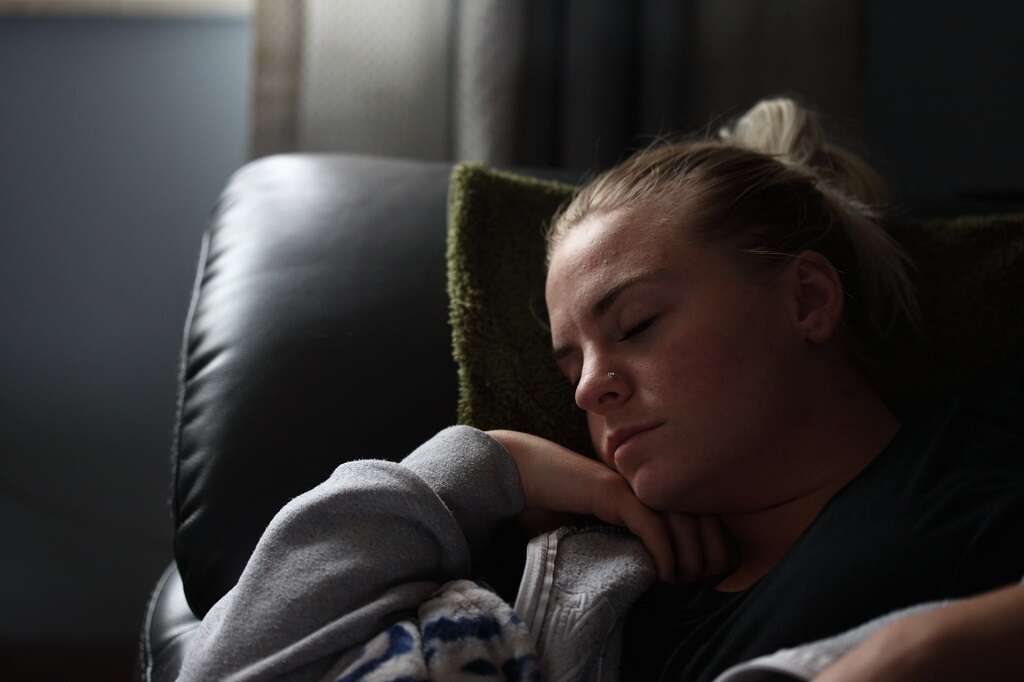
Prevention
It is sometimes possible to avoid developing mastitis by engaging in self-care. Tips on prevention include fully draining milk from each breast during breastfeeding and changing positions between sessions. Proper latching is also one way to prevent the development of mastitis.1‘Mastitis.’ Mayo Clinic, 22 July 2020, www.mayoclinic.org/diseases-conditions/mastitis/symptoms-causes/syc-20374829 Some new mothers may wish to work with a lactation consultant to accomplish proper technique.2‘Mastitis.’ La Leche League International, 2021, llli.org/breastfeeding-info/mastitis/
Since smoking is another risk factor, those who do smoke may wish to stop, particularly if they have multiple bouts or mastitis that's not linked to breastfeeding.




